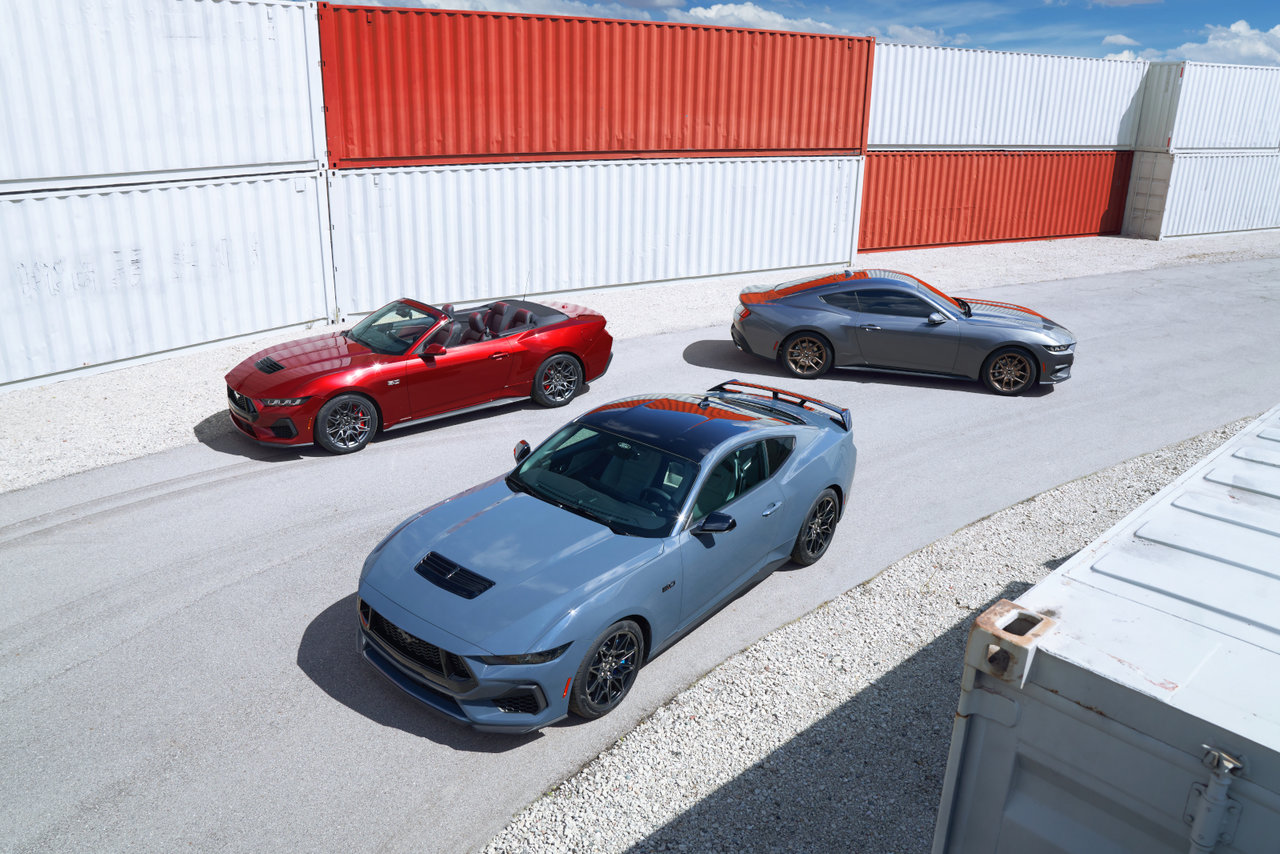As electric vehicle (EV) sales in North America reached new heights in 2023, many Ford EV owners are experiencing their first winter behind the wheel of an electric vehicle. With Canada's temperatures often dipping below freezing, it's crucial to understand how to maximize your EV's range and performance in extreme weather. Here are some essential tips for Ford EV drivers to navigate the winter season effectively.
- Optimal Vehicle Storage and Maintenance
One of the key steps in winterizing your Ford EV is to park it in a garage. This not only shields your vehicle from harsh weather but also helps maintain a warmer temperature, which is beneficial for both vehicle and battery performance. Additionally, keeping your EV plugged in during extended parking periods is vital. This practice helps maintain battery health and prevents excessive battery discharge.
Moreover, regularly checking your tire pressure is imperative. Correct tire pressure ensures maximum range and safe driving conditions. Over or underinflated tires can lead to range reduction and other performance issues. Tire pressure specifications can be found on the door jamb sticker, the tire pressure app on the center screen, or in the owner’s manual.
- Efficient Use of Energy and Features
Preconditioning your Ford EV is an effective way to prepare for a drive. This process, which can be scheduled via the SYNC touchscreen or the FordPass app, warms the battery to its optimal temperature, thus enhancing range and driving dynamics. Additionally, utilizing heated seats and steering wheels, if available, as primary sources of heat conserves more energy than relying heavily on the HVAC system.
When charging your EV, especially during DC Fast Charging, it is advisable to turn off or lower the heater. This can save energy and speed up the charging process. Furthermore, driving at moderate speeds is recommended as higher speeds consume more energy, impacting the vehicle’s range.
- Navigation and Route Planning
Using the Ford Onboard Navigation to locate DC Fast Charging stations is beneficial. The vehicle preconditions the battery when a charging station is within 20 miles, allowing for faster charging in cold weather. Planning your route with strategic charging stops and being prepared for unexpected conditions is also essential for safe and efficient winter driving.
Conclusion
Ford EVs are rigorously tested in extreme conditions, ensuring their reliability in winter weather. By following these tips, such as parking in a garage, preconditioning your vehicle, maintaining proper tire pressure, and planning your route, you can maximize your EV's range and performance during the winter months. Remember, a well-maintained EV is not just about range optimization but also about ensuring safety and reliability in challenging weather conditions.







